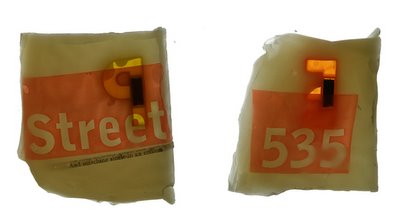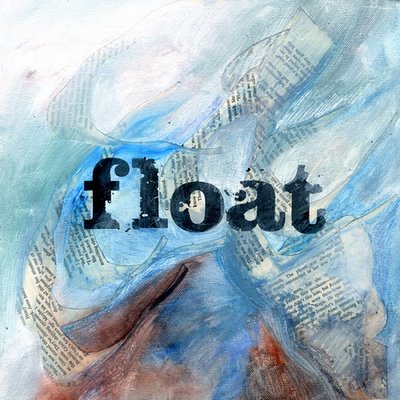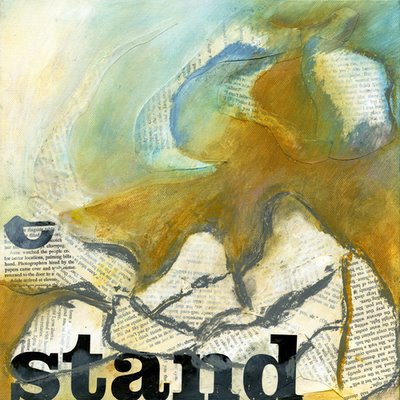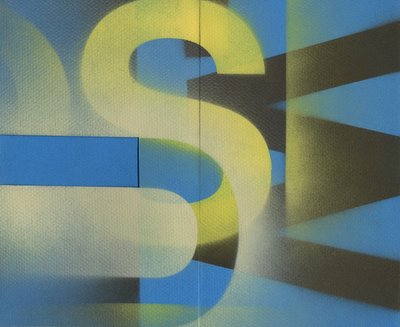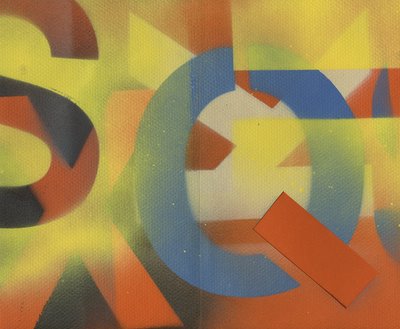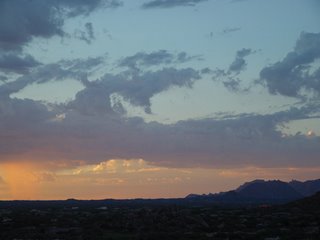what if?
These are all short-term experiments to find out, “what if?” Next semester I plan on developing some of them, but for the time being, I concentrated on trying many different things. I attempted to initially go wide, and only later to zero in on whichever ones seem successful.
I am interested in pairing my brother’s writing—stories about certain places from his world wide travels—with my images to study “urban/wild” scenarios. Again, the juxtaposition of photographs from one place (the southwest landscape, for example) with stories about desolate landscapesor urban centers (which are from different parts of the world and which will be taken out of context or my purposes) might make interesting juxtapositions. Studying one word which is constructed out of different words—or one paragraph which is describing one place but juxtaposed with a photograph from a completely different place—might create richer layers of interpretation.
I am interested in pairing my brother’s writing—stories about certain places from his world wide travels—with my images to study “urban/wild” scenarios. Again, the juxtaposition of photographs from one place (the southwest landscape, for example) with stories about desolate landscapesor urban centers (which are from different parts of the world and which will be taken out of context or my purposes) might make interesting juxtapositions. Studying one word which is constructed out of different words—or one paragraph which is describing one place but juxtaposed with a photograph from a completely different place—might create richer layers of interpretation.












